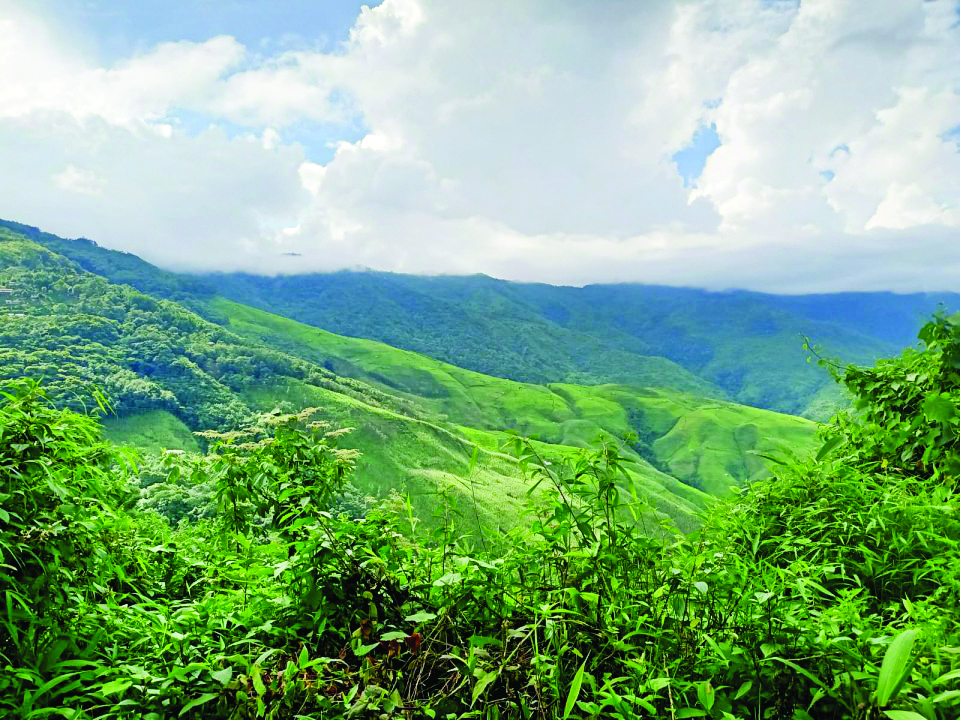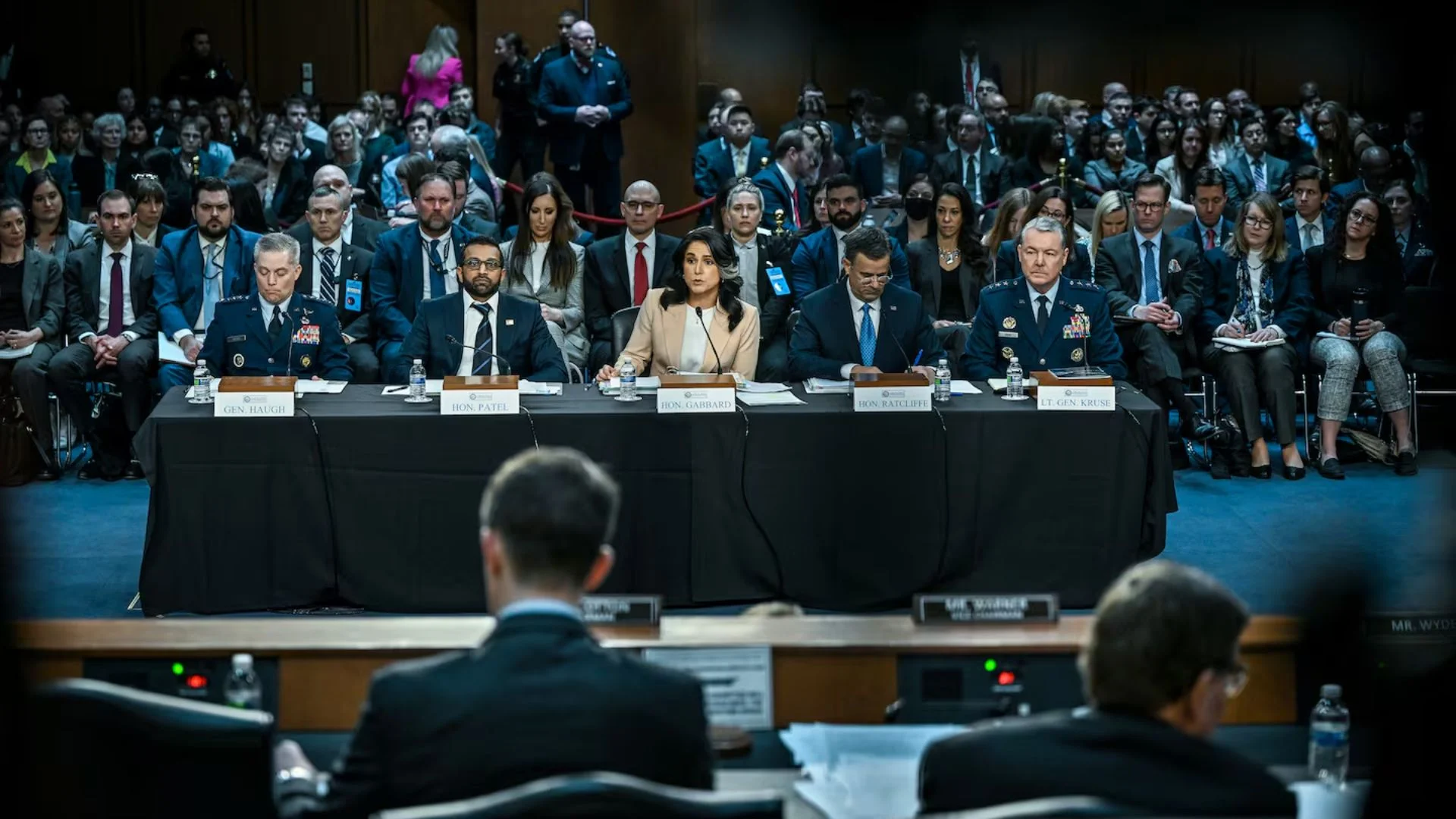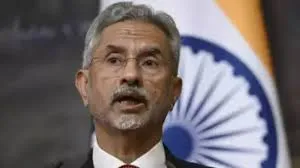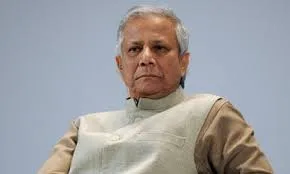“Scrub typhus is a ruthless reminder of the state’s failure to address preventable diseases, turning neglect and indifference into a death sentence for the underserved.”
The jungles of Noklak, nestled along the Indo-Burma border, are a realm of stunning beauty and quiet despair. Hardly anyone might have heard of “Noklak,” a name that very rarely finds its way into conversations about development or policy. To some, the region may seem untouched and idyllic, but for the people who call this land home, these dense, dangerous jungles-where trails often do not exist-symbolize both survival and struggle. As I navigated this unforgiving wilderness and listened to the stories etched in every tree and stone, it became impossible to ignore the harsh realities they face. This is a place where isolation isn’t just geographical-it’s systemic, a legacy of decades of neglect. Amid this wilderness thrives a community battling not just the elements but the indifference of a state that has overlooked their struggles. If beauty lies in adversity, then Noklak’s story is one of quiet heroism, but beneath this adversity is a cry for change, for health, for justice.
Scrub typhus, a neglected tropical disease caused by Orientia tsutsugamushi, embodies the neglect and systemic failure experienced by Noklak. Transmitted by chigger mites thriving in the thick vegetation, the disease often goes undetected or misdiagnosed due to the lack of diagnostic facilities. This failure proves deadly, as scrub typhus progresses rapidly without proper treatment. In Noklak, where healthcare is already scarce, time is a luxury few can afford. The Khiamniungan people, the local community in the region, report that the few public health centers available are largely ill-equipped, lacking sufficient staff and resources to properly diagnose or treat illnesses. Families, already struggling with poverty, cannot always afford the journey to better-equipped hospitals in Kohima, Dimapur, Guwahati or the cost of medicines and treatment, leaving them with few options but to endure in silence.
The absence of a robust public healthcare system in Noklak has led to a dependence on external actors such as the Assam Rifles. In their regular outreach efforts, they conduct medical camps and provide basic treatments, but these efforts are stopgap measures and cannot replace a functioning, localized healthcare infrastructure. Relying on a paramilitary force for medical care underscores the glaring deficiencies in the Nagaland state’s governance, which fails to prioritize the basic needs of its citizens. The people of Noklak deserve more than occasional relief-they deserve a healthcare system that is both accessible and sustainable.
This health crisis is deeply connected to the broader socio-economic challenges that Eastern Nagaland has faced for decades. Poverty, lack of education, and inadequate infrastructure trap communities in a cycle of deprivation. While the difficult terrain and jungles provide a means of livelihood through traditional practices like jhum cultivation, they also isolate the community from modern sustainable development. These forests, while offering basic sustenance, simultaneously exacerbate the region’s vulnerability to diseases like scrub typhus and further isolate it from essential services.
For sixty years since Nagaland became a state, districts like Noklak-formerly part of Tuensang District-have remained neglected and left behind. Eastern Nagaland has rarely been prioritized in state policies, with development concentrated in urban areas like Kohima, Chumoukedima and Dimapur. This disregard for remote areas has left them struggling to keep up with the rest of the state, especially when it comes to basic healthcare and infrastructure. It’s not surprising, then, that the Frontier Nagaland Movement has gained serious momentum. This movement is a response to decades of systemic neglect and an urgent call for legislative, executive, and financial autonomy through the proposed Frontier Nagaland Territory. It seeks dignity and survival for a community long excluded from the nation’s progress and denied the full benefits of Constitutional justice. It demands recognition for those who have been marginalized, with their needs and rights continuously overlooked by the state.
My travels through Noklak have shown me a land full of untapped potential and immense challenges. The jungles are a constant reminder of the community’s struggle-beautiful yet harsh, with layers of history and hardship. These challenges go beyond health; they are a direct result of years of systemic neglect. The people of Noklak are not seeking charity; they are demanding their rights-the right to healthcare, the right to education, and the right to a life of dignity.
Breaking the cycle of deprivation in Noklak demands more than temporary fixes. It requires a comprehensive, long-term approach that prioritizes healthcare infrastructure, economic development, and social equity. Only by addressing these systemic issues can the government begin to eradicate diseases like scrub typhus and truly uplift this marginalized region. The state government of Nagaland must move beyond occasional ill-equipped relief efforts and commit to building sustainable systems that serve the people of Noklak.
The construction of the proposed Frontier Nagaland Territory presents a valuable opportunity for the Nagaland state government to delegate a significant portion of its policy-making responsibilities. By transferring administrative and developmental duties to the new territorial entity, the state government can reduce its governance burden, allowing for more focused and efficient management of resources and policies tailored to the unique needs of the Eastern Nagaland region. This decentralization can promote localized decision-making, enhance developmental outcomes, and address long-standing regional disparities within Nagaland.
The mysterious jungles of Noklak stand as both a reflection of the resilience of its people and a stark reminder of the neglect they have endured. These dense, untamed forests are more than just a backdrop for suffering; they are an integral part of the community’s relentless fight for survival. Yet, despite the hardships they face, the people of Noklak persist, navigating the challenges of isolation and deprivation with strength. Until the state addresses the deep-rooted issues of healthcare, infrastructure, and economic development, Noklak will remain a powerful symbol of both resilience and systemic failure-a place waiting for the justice and transformation it so desperately deserves.
Dr. Aniruddha Babar, an academician, is the Founder and Director of ‘Project Constitutional Justice’ in Tuensang, Nagaland. This initiative is dedicated to advancing constitutional awareness, governance, and social justice.

















